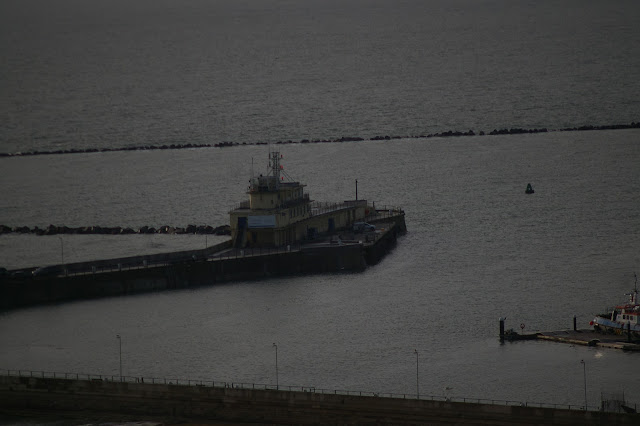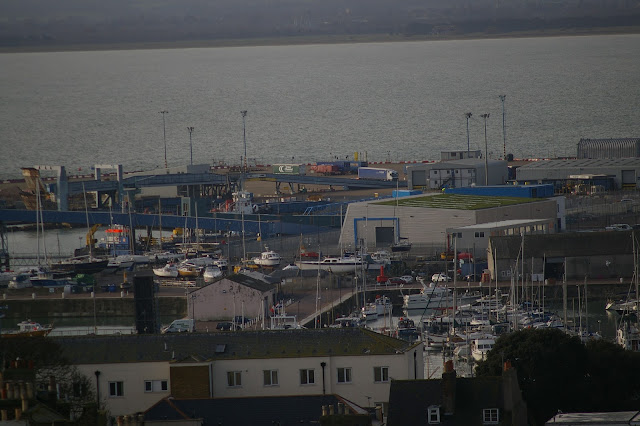NOTICE OF MOTION – LEADER OF THE COUNCIL To: Council – 8 December 2011 By: Corporate & Regulatory Services Manager and Monitoring Officer Classification: Unrestricted Ward: All Wards
Summary: To consider a Notice of Motion submitted in relation to the Leader of the Council
For Decision
1.0 Introduction and Background
1.1. Council Procedure Rule No. 16 governs the process for motions on notice being submitted to Council.
- The following motion on notice has been received from Councillor Hart in accordance with that Rule::
- “Council resolves that Cllr Bayford be removed from the Office of Leader of the Council and that a new Leader be appointed”
- Options
2.1 To debate the motion
- Not to debate the motion
- Corporate Implications
3.1 Financial
3.1.1 None at this stage
3.2 Legal
3.2.1 Council Procedure Rule 16.3 states that, if seconded, a motion on notice will stand referred without discussion to the Cabinet or appropriate Committee for determination or report, unless the Council decides to debate the motion in accordance with Council Procedure Rule 19 (rules of debate). As the Leader can only be removed from office by a resolution of full Council, this means that if Council does not agree to debate the motion, the motion will fall at that point.
3.2.2 If Council agrees to debate the motion and the motion is subsequently carried, Article 7.04 of the Constitution requires Council to proceed to elect a new Leader. The election of a new Leader will be conducted in accordance with the requirements of Council Procedure Rule 21.6 (voting on appointments). Any new Leader would hold office for the unexpired residue of the term of office of the previous Leader, i.e. to the date of the Annual Meeting of Council in 2015, subject to the removal power of full Council.
3.2.3 Article 7.05 provides that upon election, the Leader will appoint a Councillor to the office of Deputy Leader with full power to act in the absence of the Leader. Consequently if a new Leader is elected and does not intend to confirm the continuation in office of the current Deputy Leader, it will be necessary for the new Leader to first remove the current Deputy Leader from office in accordance with the requirements of Article
7.05. This will conclude all the issues that cannot be postponed to a further meeting of Council or dealt with by the new Leader under executive powers. Council is entitled to be informed at the next ordinary meeting of Council of the final composition of the Cabinet, including the allocation of portfolio responsibilities.
3.3 Corporate 3.3.1 Council Procedure Rule 16 provides the opportunity for Councillors to give advance notice of motions to be put to Council. Article 7 of the Constitution deals with the election and removal from office of the Leader.
Ed. Of course the only real option for Thanet, where we are likely to be looking at years of narrow, or no overall majority councils, is to change from the leadership elected by the councillors – which effectively means chosen by a very few people in both political groups – to the system where we the electorate elect a leader. The council held a public consultation about this and the unanimous result was that local people wanted to elect their own leader. I don’t think the councillors even gave it a thought before deciding to overturn this result and carry on selecting their own leader, from the existing councillors. I have added this link to the LSE recent article on elected mayors as it is pertinent to the comment http://blogs.lse.ac.uk/politicsandpolicy/2011/11/29/elected-mayors/ |

















































